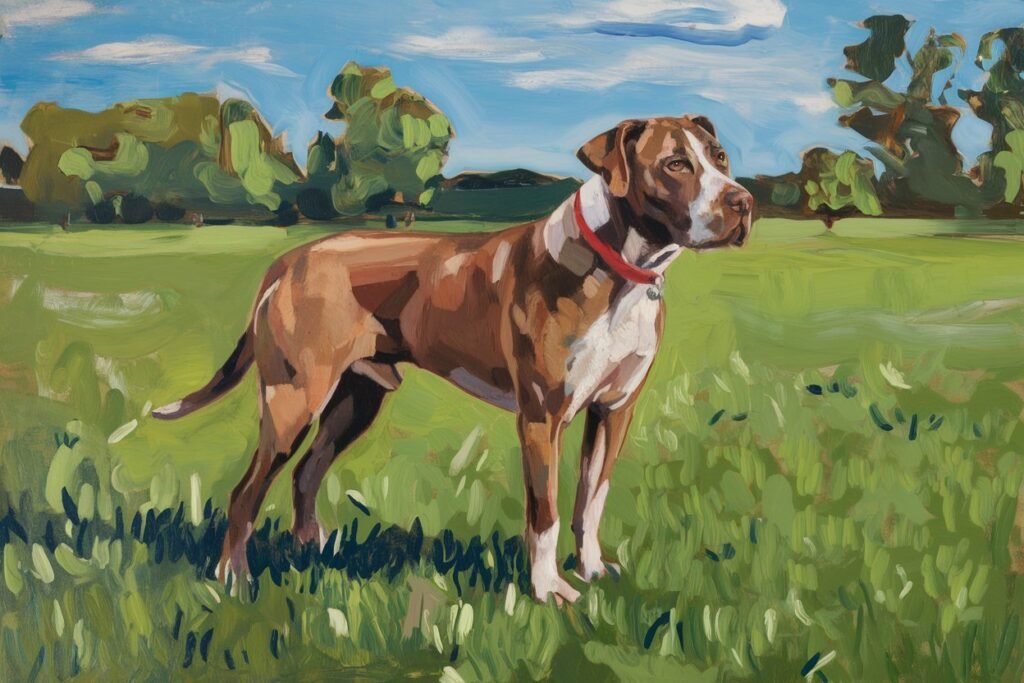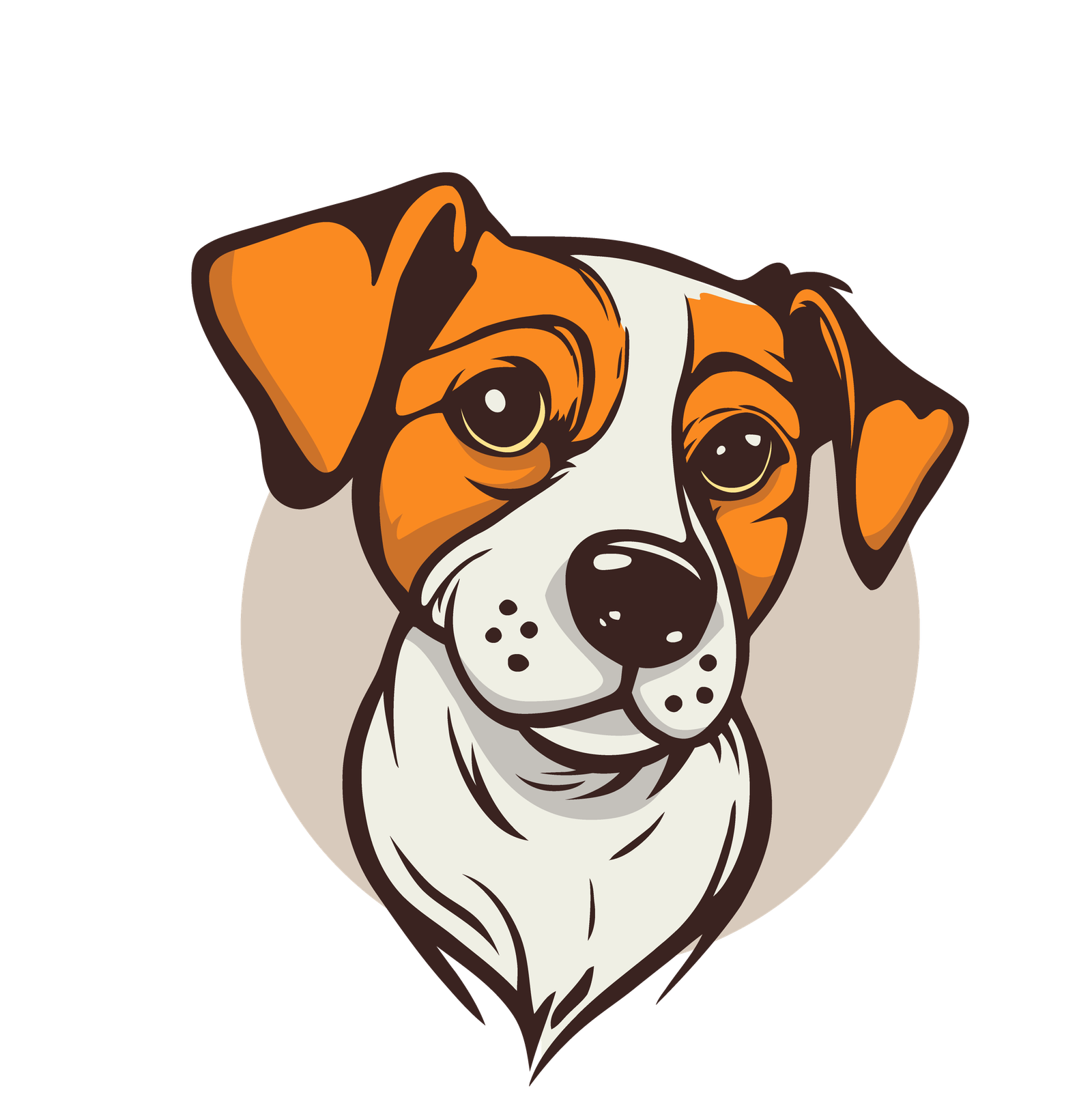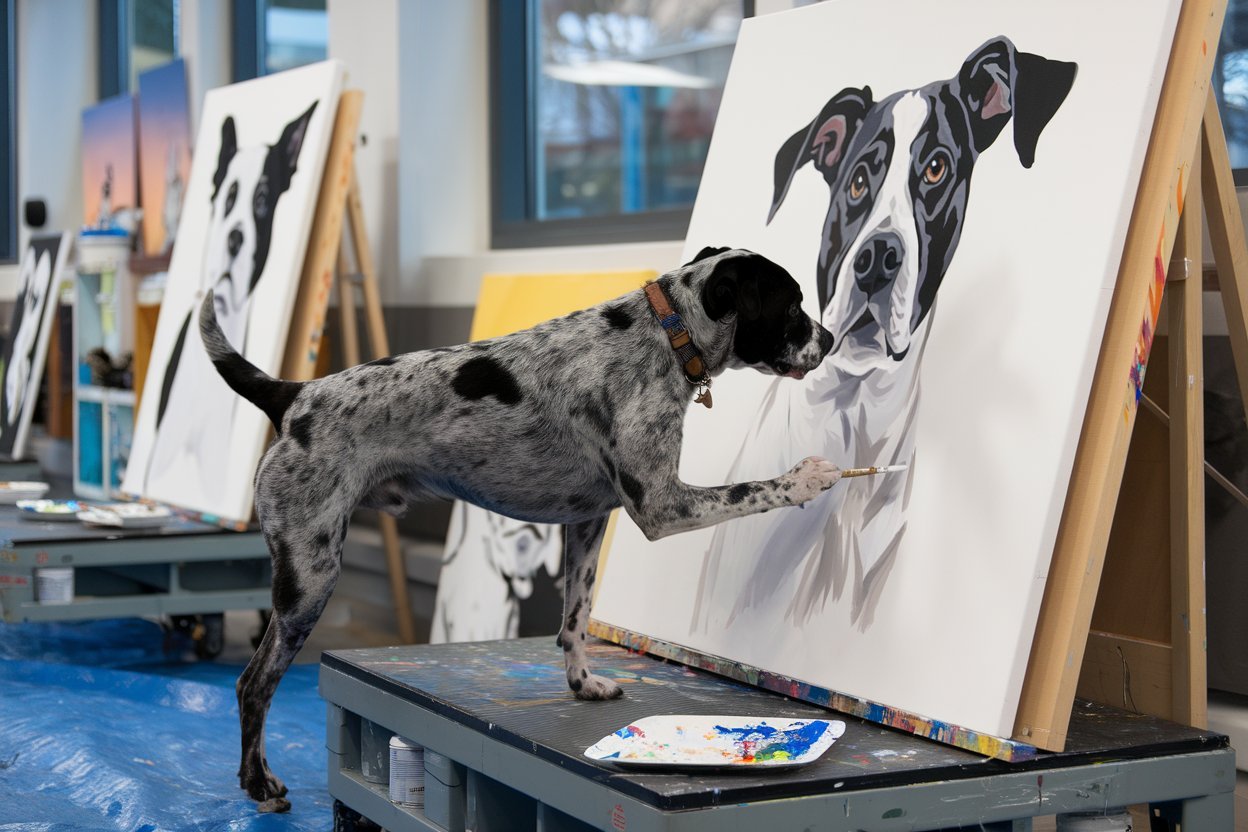How to Draw Dogs: A Complete Guide for Dog Lovers and Aspiring Artists
Whether you’re an aspiring artist or simply a dog lover, drawing a dog is a fantastic way to capture the beauty, loyalty, and charm of man’s best friend. From their expressive eyes to the wagging tail, dogs are full of character, making them an exciting subject for artists of all levels.
If you’re reading this, you might be wondering how to improve your dog drawing skills. Perhaps you’ve already tried sketching your furry friend, but the results didn’t quite turn out as you imagined. Don’t worry – with some practice, a little patience, and the right guidance, you can bring your dog drawing to life.
In this article, we’ll walk you through a step-by-step guide on how to draw dogs in a way that’s easy to follow, fun, and ultimately, successful. Whether you’re using a pencil, digital tablet, or paintbrush, this guide will help you achieve better results.
Why Drawing Dogs is So Popular
Before we dive into the step-by-step guide, let’s take a moment to understand why drawing dogs has become such a popular subject. The answer is simple: dogs are more than just animals; they are companions, friends, and family members.
Imagine the joy of capturing your dog’s essence on paper – the little quirks, the bright eyes, the unique spots on their fur. Not only does dog drawing allow you to express your creativity, but it also gives you a chance to create a personal tribute to your beloved pet.
Even if you don’t have a dog, drawing these animals can be incredibly rewarding. From realistic portraits to whimsical cartoons, there’s no limit to what you can create.
Getting Started with Dog Drawing
1. Tools You’ll Need
Before you begin your dog drawing, it’s important to gather the right tools. You don’t need expensive materials, but having some essentials on hand can make a big difference.
Here are the basic tools you’ll need:
- Pencils: Start with a range of pencils. A 2B pencil is great for sketching, while a 4B or 6B pencil will help you achieve darker shades.
- Paper: Smooth drawing paper is ideal for pencil sketches, but textured paper can add character to your drawings.
- Eraser: A good eraser is essential for making corrections and lightening areas of your drawing.
- Blending tools: If you want to create soft shading, a blending stump or cotton swab can help.
If you’re drawing digitally, ensure you have a pressure-sensitive stylus and drawing software like Procreate, Photoshop, or any other digital drawing tool.
2. Study Your Subject
Whether you’re drawing your own dog or working from a reference image, it’s crucial to study the subject carefully. Pay attention to the dog’s anatomy, proportions, and unique features. Each dog breed has distinct characteristics, so take note of the shape of the ears, the length of the muzzle, and the overall body structure.
One of the best ways to improve your dog drawing is by practicing gesture drawing. Gesture drawing involves quickly sketching the basic shapes and forms of the dog without focusing too much on details. This helps you capture the dog’s movement, posture, and energy.
Anecdote: When I first started drawing dogs, I found it challenging to capture their lively nature. My sketches looked stiff and unnatural. But after spending some time observing dogs at a local park, I realized how important it is to study their movement. I started sketching quick poses, and it completely transformed my drawings. The dogs in my sketches started to look more like real dogs – full of life and personality.
Step-by-Step Guide to Drawing a Dog
Step 1: Draw Basic Shapes
Start by drawing the basic shapes that form the dog’s body. Use circles, ovals, and rectangles to represent the head, body, and limbs. These simple shapes will act as a guide for the proportions and positioning of the dog.
For example, draw a circle for the head and a larger oval for the body. Add smaller circles for the joints, and connect them with lines to represent the limbs. Don’t worry about making these shapes perfect – they are just guidelines to help you move to the next stage.
Step 2: Refine the Outline
Now that you have the basic shapes, start refining the outline of the dog. Look closely at your reference and begin adding more defined lines to represent the dog’s features.
Focus on the overall silhouette first, paying attention to the contours of the head, body, and legs. Don’t rush this step – take your time to ensure the proportions are accurate. If you’re not satisfied, you can always make adjustments.
Step 3: Add Details to the Face
The face is often the most expressive part of a dog, so it’s essential to get it right. Begin by drawing the eyes, nose, and mouth. Pay attention to the placement of these features, as they vary between different breeds.
Use small, curved lines to create the shape of the eyes, and don’t forget to add highlights to make them look shiny and lively. The nose should be drawn with a soft, rounded triangle shape, and the mouth can be indicated with a simple curved line or by adding more details, depending on your style.
Tip: When drawing the dog’s face, it can be helpful to lightly mark the centerline of the head. This line will help you keep the facial features symmetrical.
Step 4: Draw the Fur
Fur can be one of the most challenging aspects of dog drawing, but with some practice, you can achieve realistic results. Start by identifying the direction in which the fur grows. Use short, light strokes to represent the fur, gradually building up the texture.
For short-haired dogs, focus on subtle shading, while for long-haired breeds, you may need to use longer, flowing lines to capture the texture of the fur. Don’t feel like you need to draw every single hair – instead, suggest the fur with carefully placed lines and shading.
Anecdote: I once spent hours trying to draw every single hair on a dog’s coat, only to realize that the drawing looked too busy and unnatural. Then I learned that less is more. By focusing on the general flow of the fur and using fewer, more deliberate strokes, my drawings became much more lifelike.
Step 5: Add Shading and Depth
Shading is key to giving your dog drawing a three-dimensional look. Identify the light source in your drawing and add shadows accordingly. The areas furthest from the light source should be the darkest, while the areas closest to the light should remain the lightest.
Use a soft pencil or blending tool to create smooth transitions between light and dark areas. This will give your drawing depth and make it appear more realistic. Be patient during this step, as shading can take time to perfect.
Step 6: Final Touches
Once you’re satisfied with your dog drawing, take a step back and review your work. Are there any areas that need more detail or correction? Now is the time to make those final adjustments.
Add any last-minute details, like whiskers, highlights in the eyes, or extra shading. Don’t be afraid to make changes – even small tweaks can make a big difference in the final result.
And voila! You’ve completed your dog drawing. With each drawing you create, you’ll continue to improve and develop your unique style.
Tips for Improving Your Dog Drawing Skills

1. Practice Regularly
Like any skill, drawing takes practice. The more you draw, the better you’ll get. Set aside time each day or week to work on your dog drawing skills. You don’t have to finish a drawing in one sitting – even quick sketches can help you improve.
2. Experiment with Different Styles
Don’t be afraid to experiment with different drawing styles. Whether you prefer a realistic approach or a more cartoonish style, there’s no right or wrong way to draw a dog. Try different techniques and find the style that resonates with you.
3. Use Reference Images
Reference images are your best friend when it comes to dog drawing. Look for high-quality photos of dogs that show different angles and poses. These images will help you understand the anatomy and proportions of different breeds.
Anecdote: I once tried drawing a dog entirely from memory, thinking it would be a fun challenge. The result? A very strange-looking dog with odd proportions. Since then, I always use reference images to ensure my drawings look accurate and believable.
4. Join a Community
There are many online communities of artists who share their work and provide feedback to others. Joining a community can help you stay motivated and learn from other artists. Platforms like DeviantArt and Instagram are great places to share your work and connect with fellow dog lovers.
Why You Should Buy Dog Drawing Tools with Confidence
If you’re serious about improving your dog drawing skills, investing in quality tools can make a big difference. Whether you’re purchasing pencils, paper, or digital drawing software, having the right materials can enhance your drawing experience.
When choosing your tools, don’t feel pressured to buy the most expensive items. Look for products that suit your needs and budget. Pencil sets with a variety of hardness levels, high-quality drawing paper, and a reliable tablet if you’re going digital are great investments for any
artist.
Tip: You can find many affordable drawing tools online that cater to beginners and professionals alike. Sites like Amazon and Blick Art Materials offer a wide range of art supplies to fit any budget.
By investing in the right tools and practicing regularly, you’ll be well on your way to creating stunning dog drawings that capture the essence of your furry friend.
Conclusion
Drawing dogs is a rewarding and fulfilling experience. Whether you’re creating a portrait of your own dog or experimenting with different breeds, the process allows you to connect with these animals on a deeper level.
Remember, practice makes perfect. Don’t get discouraged if your first few attempts don’t turn out the way you expected. With time, patience, and the right guidance, your dog drawing skills will improve, and you’ll start creating artwork that you’re truly proud of.
So grab your pencils, find some inspiration, and start drawing! Your perfect dog drawing is just a few strokes away.

